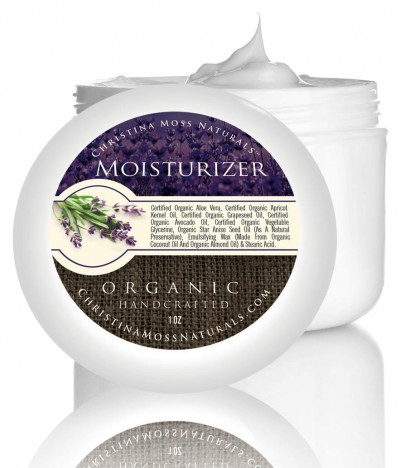
Facial Moisturizer – Organic & 100% Natural – Best Facial Moisturizing Cream for Sensitive, Oily or Severely Dry Skin – Anti-Aging & Anti-Wrinkle – for Women & Men. GET IT HERE!
From the David Suzuki Foundation, here is a list of some of the most dangerous chemicals, found in our Beauty Products.
- BHA and BHT
Used mainly in moisturizers and makeup as preservatives. Suspected endocrine disruptors and may cause cancer (BHA). Harmful to fish and other wildlife.
- Coal tar dyes: p-phenylenediamine and colours listed as “CI” followed by a five-digit number
In addition to coal tar dyes, natural and inorganic pigments used in cosmetics are also assigned Colour Index numbers (in the 75000 and 77000 series, respectively).
Look for p-phenylenediamine hair dyes and in other products colours listed as “CI” followed by five digits.1 The U.S. colour name may also be listed (e.g. “FD&C Blue No. 1” or “Blue 1”). Potential to cause cancer and may be contaminated with heavy metals toxic to the brain.
- DEA-related ingredients
and foaming products, such as moisturizers and shampoos. Can react to form nitrosamines, which may cause cancer. Harmful to fish and other wildlife. Look also for related chemicals MEA and TEA.
- Dibutyl phthalate
Used as a plasticizer in some nail care products. Suspected endocrine disrupter and reproductive toxicant. Harmful to fish and other wildlife.
- Formaldehyde-releasing preservatives
Look for DMDM hydantoin, diazolidinyl urea, imidazolidinyl urea, methenamine and quarternium-15. Used in a variety of cosmetics. Slowly release small amounts of formaldehyde, which causes cancer.
- Parabens
Used in a variety of cosmetics as preservatives. Suspected endocrine disrupters and may interfere with male reproductive functions.
- Parfum (a.k.a. fragrance)
Any mixture of fragrance ingredients used in a variety of cosmetics — even in some products marketed as “unscented.” Some fragrance ingredients can trigger allergies and asthma. Some linked to cancer and neurotoxicity. Some harmful to fish and other wildlife.
- PEG compounds
Used in many cosmetic cream bases. Can be contaminated with 1,4-dioxane, which may cause cancer. Also for related chemical propylene glycol and other ingredients with the letters “eth” (e.g., polyethylene glycol).
- Petrolatum
Used in some hair products for shine and as a moisture barrier in some lip balms, lip sticks and moisturizers. A petroleum product that can be contaminated with polycyclic aromatic hydrocarbons, which may cause cancer.
- Siloxanes
Look for ingredients ending in “-siloxane” or “-methicone.” Used in a variety of cosmetics to soften, smooth and moisten. Suspected endocrine disrupter and reproductive toxicant (cyclotetrasiloxane). Harmful to fish and other wildlife.
- Sodium laureth sulfate
Used in foaming cosmetics, such as shampoos, cleansers and bubble bath. Can be contaminated with 1,4-dioxane, which may cause cancer. Look also for related chemical sodium lauryl sulfate and other ingredients with the letters “eth” (e.g., sodium laureth sulfate).
- Triclosan
Used in antibacterial cosmetics, such as toothpastes, cleansers and antiperspirants. Suspected endocrine disrupter and may contribute to antibiotic resistance in bacteria. Harmful to fish and other wildlife.
